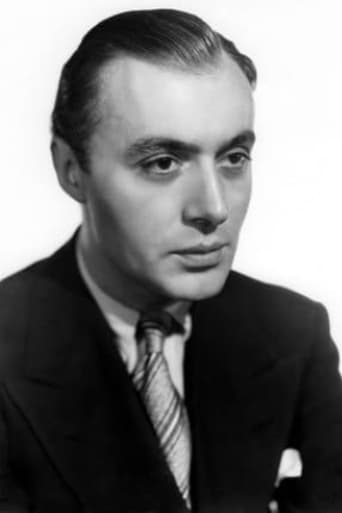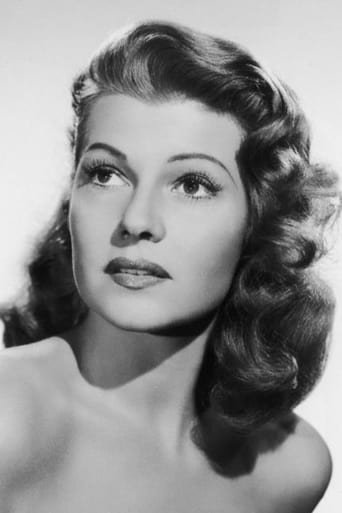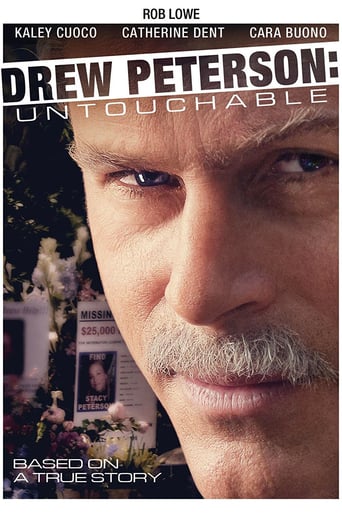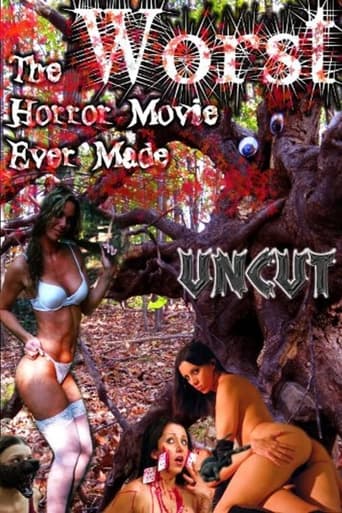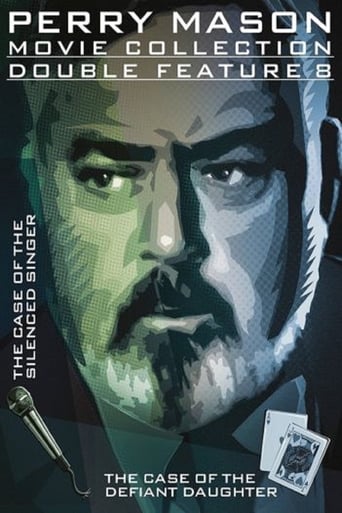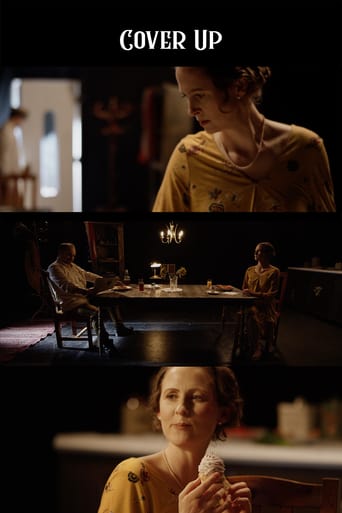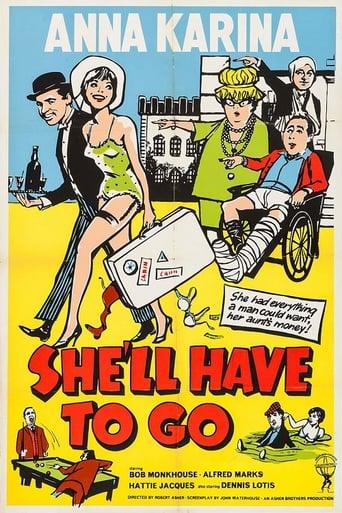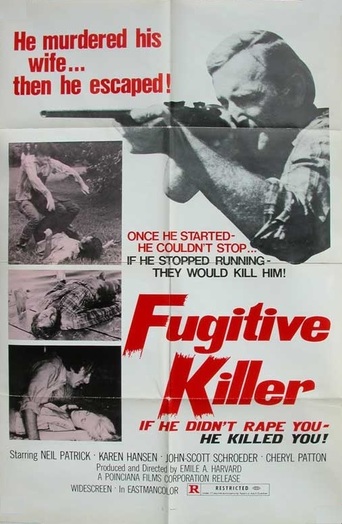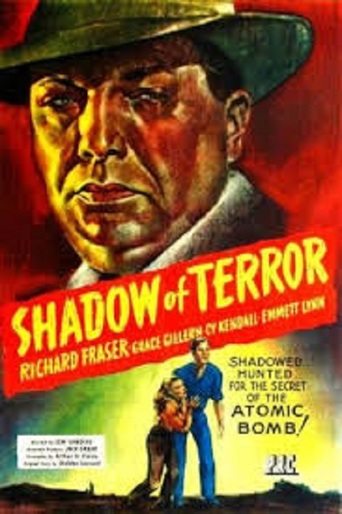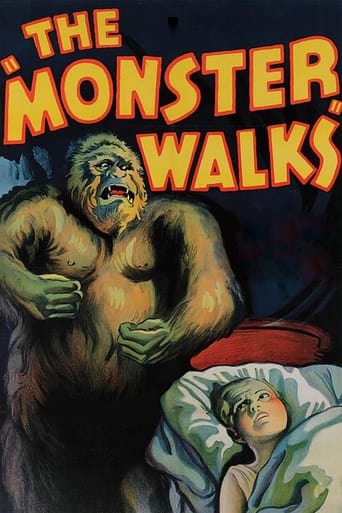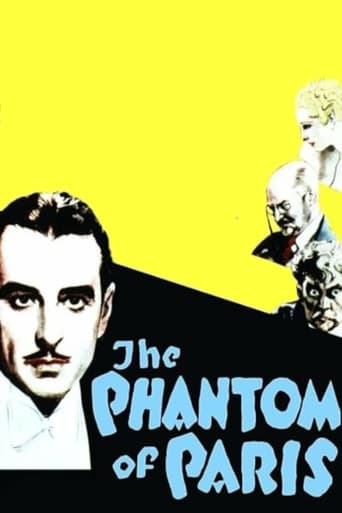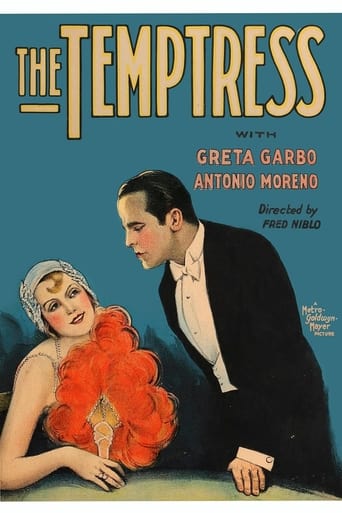
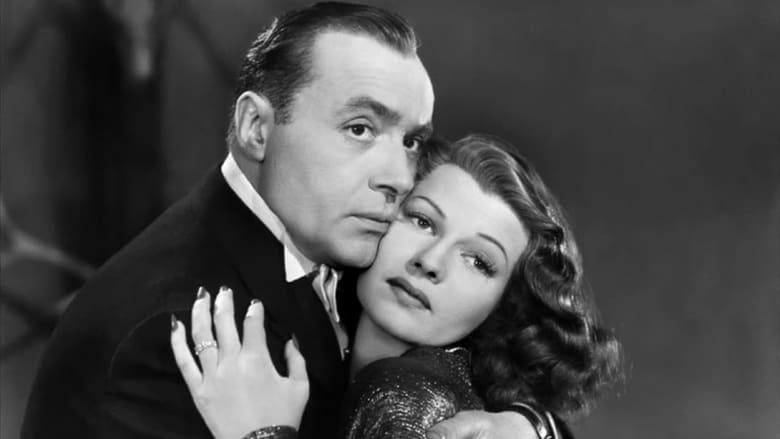
Tales of Manhattan (1942)
Ten screenwriters collaborated on this series of tales concerning the effect a tailcoat cursed by its tailor has on those who wear it. The video release features a W.C. Fields segment not included in the original theatrical release.
Watch Trailer
Cast


Similar titles
Reviews
Thanks for the memories!
I don't have all the words right now but this film is a work of art.
This story has more twists and turns than a second-rate soap opera.
Great story, amazing characters, superb action, enthralling cinematography. Yes, this is something I am glad I spent money on.
Four or five short stories cobbled together by means of a mysterious frock coat that's passed from hand to hand. Some are amusing and some dramatic. The principals are Charles Boyer, Rita Hayworth, Henry Fonda, Ginger Rogers, Charles Laughton, Edward G. Robinson, W. C. Fields, and an ensemble cast of poor black farmers featuring Paul Robeson and his magnificent voice. The plot dynamics include love and money, which seem to go together so often. All of the endings are more or less happy. The less happy one include Boyer as a womanizer who is shot and winds up in hospital, and J. Carrol Naish as a robber who we last see on fire in a smoking airplane.None of the performances fall flat and the direction by Julian Duvivier is functional and suitably light hearted, sometimes perhaps too light hearted, so that in retrospect the movie looks as much like a piece of froth as a morality play. The segment involving Henry Fonda and Ginger Rogers is like spun candy. Not necessarily the best performances, but the most memorable are those of Marion Martin, the blond tart., You may remember her as Gloria the Pom Pom girl who sings "Palsy Walsy" in the Bob Hope comedy, "They Got Me Covered." And then there is Paul Robeson who gives a brief speech that sounds very much like an expression of the ideology that had Winston Churchill so awfully worried around the time of World War II. I suppose, given the picture of blacks that's presented, the segment could be accused of perpetuating a racial stereotype -- all those poor hymn-singing Darkies -- but it could have been far worse. Instead of Paul Robeson, the producers might have given us Stepin Fetchit. And in many ways the blacks are superior to most of the others in the film, despite the Hallelujas and the heavenly choir., After all, instead of merely grasping for money or for love, they share it or give it away.Withal, it's more than two hours long and sometimes seems like it lags behind the clock. After all, the Brits brought in the splendid collection of linked horror stories, "Dead of Night," in a tidy 103 minutes.
Charles Boyer's performance - 1st tale: the triangle love affair-was great as ever, Henry Fonda's- 2nd tale: The best man and the bride- quiet shy character is the secret of his charm and the key behind his brilliant performance, not only in this role but in every role he had ever played. The tales themselves were intriguing, Beautiful writing, fast and easy going. with unexpected resolutions. EXCEPT for the 3rd tale: the Musician. The scene with the audience's laughing was one of the most stupid scenes I have ever seen. I cannot believe that the people were really that superficial, and for that matter, no audience has a taste for classic music music could be that cruel and superficial. Weren't any philosopher, priest, teacher among them? Weren't any humble and compassionate soul among them? I cannot believe it, and that is why the scene was stupid and unrealistic. Probably I am mistaken, the people were and still are very much superficial regardless the level of their education, they follow the crowd blindly with absent minds. The 4th tale: class 1917 was truly wonderful; the writer expressed the idea in a very deep elegant manner, to the opposite of the writer if the 3rd tale. The 5th and the last tale, on the surface, it included Christian concept of loving each other and wishes' granted ideas. However, if someone wants to read in the depth of the story, it contained socialist\communist ideas. The movie is a "must see". Just neglect the 3rd tale.
Anthology film that centers around a formal tailcoat and the different people who come into possession of it. The first story is about an actor (Charles Boyer) in love with a married woman (Rita Hayworth). Her husband (Thomas Mitchell) doesn't like it one bit. Boyer and Mitchell are fine but Hayworth overacts big time. The story is thin but, as with the rest of the picture, director Julien Duvivier and cinematographer Joseph Walker make it look beautiful. The second story is also about a love triangle, although lighter in tone than the previous tale. This one's about a woman (Ginger Rogers) who suspects her fiancé (Cesar Romero) is cheating after finding a love letter in the pocket of his coat (same coat from before), which leads to her taking a second look at his best man (Henry Fonda). This is probably the weakest story in the movie. Just not as amusing or cute as it wants to be. Also Ginger Rogers sports one of the ugliest hairstyles I've ever seen.The third story has a struggling composer (Charles Laughton) getting his big chance to conduct his own composition in front of a large audience. But the tailcoat he's wearing (yup, same one) is too small and rips in front of everyone. What happens next I won't spoil but I thought it was pretty neat. This is my favorite part of the movie, albeit for sentimental reasons. The fourth story is the most widely-praised one, judging by the reviews I've read. It's a great story about a down-on-his-luck former lawyer (Edward G. Robinson) who borrows the tailcoat to attend his college reunion. Again, I don't want to spoil too much because of how good this one is, but it's another one that pulls at the heartstrings.Next is an interesting story in that it was originally cut to reduce the running time but has since been restored to the film, despite apparently missing a part at the end that connects it to the next segment. It's a funny story about a man (W.C. Fields) giving a lecture on the dangers of alcohol at the home of a wealthy woman (Margaret Dumont). But it turns out the woman's husband has spiked the milk they're all drinking with booze so everybody at the anti-alcohol meeting gets drunk. Simple story but fun. Fields is a hoot as usual. The final story has a crook (J. Carrol Naish) stealing the coat to help him commit a robbery at a casino. As he escapes via plane, he dumps the coat and it lands in a field where a poor black Southern couple (Paul Robeson, Ethel Waters) find it. The coat has the money from the casino heist in it, which pleases the couple at first as they believe it is a gift from God. But it dawns on them God would want them to use the money to help others, not themselves. It's a nice story, if a little patronizing. Paul Robeson, a devout communist who liked the story's 'community before the individual' philosophy, was so disappointed by the finished product and its stereotypical depictions of poor blacks that he would never make another Hollywood movie.In addition to the stars I've listed already, the cast includes many wonderful supporting actors like George Sanders, Victor Francen, Eugene Palette, Roland Young, Elsa Lanchester, Harry Davenport, James Gleason, Phil Silvers, Gail Patrick, and Eddie 'Rochester' Anderson. Julien Duvivier would do another anthology film for Universal the following year called Flesh and Fantasy. Boyer, Robinson, and Mitchell would also appear in that film. Dynamite cast and fine direction make this one something that I think most classic film fans will enjoy. The stories aren't all home runs but they're all interesting in different ways.
The best recommendation here is to catch the gamut of stars that appear in this collection of vignettes crafted around the story of a formal tail coat, part of a suit that was 'cursed' when made by Bertoldi the tailor. The garment didn't necessarily spell trouble for all of it's brief owners, and some of the segments don't pass the credibility test, but that's a minor point. Overall this is an entertaining film and doesn't over stay it's welcome until the final piece, which as another reviewer remarked, looked like it might have belonged in a different picture. Strong performances are turned in by Charles Boyer, Charles Laughton and Edward G. Robinson in their stories, and you'd win a trivia bet posing the question of where Cesar Romero, Henry Fonda, Ginger Rogers and Roland Young ever appeared together on screen. I have to say, W.C. Fields cracked me up with his incendiary one-liners aimed at friend and foe alike. I'll have to remember his technique of ordering a drink, the amount of liquor measured by a vertical finger, not horizontal. Similar to the second sequence with Fonda and Rogers, the final act brings together some of the notable black performers of the day, Paul Robeson, Ethel Waters and Clarence Muse, and for me, it's always a treat to catch Eddie 'Rochester' Anderson in a role where Jack Benny isn't around.


